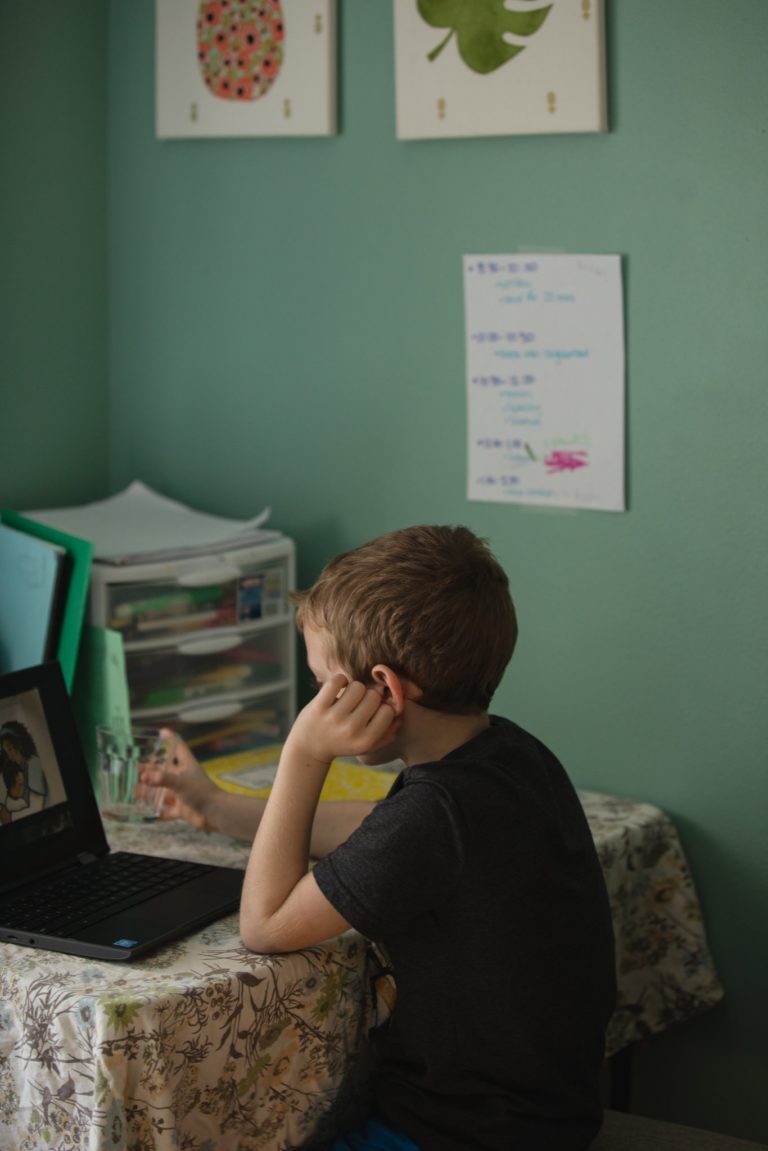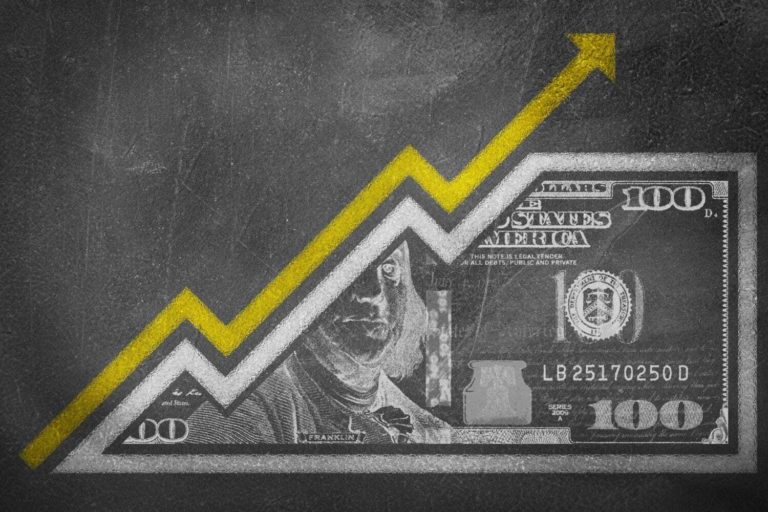On April 18, during a concert entitled “One World: Together at Home”, hosted by the NGO Global Citizen, Beyoncé made an impassioned plea for viewers at home to recognize that Black Americans are dying from COVID-19 at a disproportionately high rate. She relayed to the audience, “A recent report from my home city of Houston, Texas, shows that of COVID-19 deaths within Houston city limits, 57 percent of fatal cases are African Americans.”
Over the past few weeks, it has become painfully, if not surprisingly, evident that Black Americans are affected by COVID-19 in a much more severe and frequent capacity. Besides being more likely to work jobs considered to be “essential,” to be uninsured, and to face systemic discrimination from the healthcare system, Black Americans are likely to live in areas with a significant level of air pollution.
According to a June 2019 study by the Union of Concerned Scientists (UCS), compared to white Americans in the Northeast and Mid-Atlantic, Latinos breathe in 75 percent more particulate matter from vehicle sources, Asian Americans 73 percent more, and black Americans 61 percent. Further, white people account for 85 percent of residents of the areas least affected by PM2.5 (particulate matter measuring fewer than 2.5 micrometers in diameter) pollution originating from on-road sources, where communities of color inhale an average of 66 percent more of the same material.
PM2.5 , a major metric for measuring air pollution, is also driven by manufacturing, agriculture, and the processing and burning of coal and other fossil fuels. This finer type of particulate matter penetrates the lungs deeper than PM10, causing problems like asthma, bronchitis, cancer, lung disease, and heart attacks. Black carbon (BC), nitrous oxides (NO and NO2), sulfur dioxide (SO2) and ozone (O3), all particles that are common air pollutants, can also heighten vulnerability to lung infections, and cause decreased lung function and heart disease.
A 2016 study by the University of Michigan and the University of Montana found that people of color are much more likely to live near sources of toxic and hazardous waste, which can lead to health problems like immune function disorders, lung and respiratory diseases, and cancer.
According to the CDC, people with chronic lung disease, asthma, heart conditions, chronic kidney disease, liver disease, or decreased immune function (all conditions that can be brought on by exposure to air pollution) are at an increased risk of becoming seriously ill from COVID-19. A survey conducted by the Harvard T.H. Chan School of Public Health found this month that someone who lives with an increase of one microgram of PM2.5 pollution is 15 percent more likely to succumb to COVID-19.
It’s worth noting that the Trump administration, even currently, has continued to systematically roll back environmental and clean air regulations.
These disparities and vulnerabilities have already taken their toll, and will continue to cost lives as the crisis continues. From new data collected and published this month by Mother Jones, in 20 out of 28 states where Mother Jones was able to access usable information, the percentage of Black people infected is higher than the percentage of the state’s population represented by Black people. In 18 out of some 23 states (plus D.C.), Black people were reported to be dying in a higher share than the amount of the population they make up.
On April 16, a new report from VICE revealed that Michigan’s former governor, Rick Snyder (R), was heavily involved in a vast cover-up of the Flint water crisis. Almost exactly six years ago, a switch in the city’s water supply to the polluted Flint River began infecting residents of the majority-Black city with a bacteria called legionella pneumophila that, besides Legionnaires disease (a form of pneumonia), has led to autoimmune disease, kidney and liver diseases, and other conditions that are risk factors for serious illness and complications from COVID-19. According to Mother Jones’s report, Black people (who make up 14 percent of Michigan’s population) account for 33 percent of recorded COVID-19 infections, and 40 percent of its COVID-19 deaths.
Many uninsured Americans, often turn to safety-net hospitals, which can provide free or reduced-cost care. But these hospitals are critically underfunded, and are under-provided for compared to larger hospital networks by the stimulus bill, which allocated $100 billion for hospitals in total. Experts fear that rural and safety-net hospitals will soon be forced to close under the stress of the pandemic. These types of facilities most often treat patients who are under- or uninsured, who are people of color, or who have preexisting health problems – making up much of the Venn diagram between those who live in polluted areas and who are extra vulnerable to the virus.
Amidst the COVID-19 pandemic, the struggle for environmental justice and action can feel back-burnered – activists can’t demonstrate in person, and many are facing job loss or other hardship brought on by the effects of the virus. But the effects of environmental destruction are all too present in the outcomes of this crisis, and when coupled with racism and inequity in all their forms, make a dangerous combination for the vulnerable people who live with America’s pollution. As the Trump administration strips away regulations meant to check the fuel, manufacturing, and auto industries, including rules dealing directly with air pollution, environmental justice will continue to need supporters and fighters. The consequences of mistreating the environment aren’t always obvious, but they can be foreseen, and they need to be addressed, at the immediate peril of human lives.



